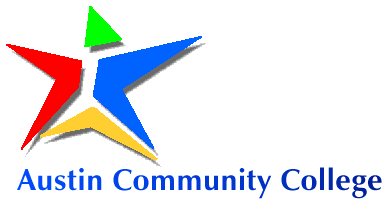
|
|
Working Backwards Task - Hidden Mirrors |
![]()
Each animation in this sequence of two shows a point source which is located in front of a mirror that is hidden behind a pink box. The point source can be dragged around and the reflected rays viewed. Students view the reflected rays and can deduce the type of optical element hidden behind the pink box.
A concave mirror can form both a real and a virtual Image.
Working Backwards Task - Hidden Mirrors (TurningPoint)
Working Backwards Task - Hidden Mirrors (iClicker)
Working Backwards Task - Hidden Mirror #1
Working Backwards Task - Hidden Mirror #2
Working Backwards Task - Hidden Mirror #3
To begin each simulation click on the Initialize link. Move the point source around. You want to make sure that you get both near and far away from both mirrors. To reveal the hidden optical element click on the Answer link. (You may have to scroll down to see the link). When I presented this activity many students thought the convex mirror was actually a flat mirror. This presented an excellent opportunity to have a class discussion about the difference between the reflecting properties of flat and convex mirrors.
The students generally did very well on this activity and the peer instruction format seemed to be particularly effective here. For the concave mirror initially 55% identified it correctly when answering on therir own.
1.) What type of mirror is behind the screen?
Responses (percent) (count)
Plane 5% 1
Concave 55% 11
Convex 30% 6
Cannot be determined 10% 2
Totals 100% 20
Following small group discussion, the percentage of students correctly
identifiying the mirror as concave grew to almost 80%.
2.) What type of mirror is behind the screen?
Responses (percent) (count)
Plane 0% 0
Concave 78.95% 15
Convex 10.53% 2
Cannot be determined 10.53% 2
Totals 100% 19
For the convex mirror initially 65% answered correctly that the mirror was convex.
3.) What type of mirror is behind the screen?
Responses (percent) (count)
Plane 30% 6
Concave 5% 1
Convex 65% 13
Cannot be determined 0% 0
Totals 100% 20
After samll group discussion the percentage grew to 70%. A good class discussion
arose at this poinjt as to why the mirror was convex and not plane as well.
4.) What type of mirror is behind the screen?
Responses (percent) (count)
Plane 20% 4
Concave 5% 1
Convex 70% 14
Cannot be determined 5% 1
Totals 100% 20
Pen and Paper version for activty #1
Pen and Paper version for actvity #2
Follow up tipers from homework assignments, test reviews and test items
![]()
| Home | Course Information | Class Schedule and Office Hours |
Contact Paul Williams: pwill@austincc.edu
Copyright 1999, 2000, 2001, 2005 - 2011 by Paul Williams
Last Updated: May 23, 2011